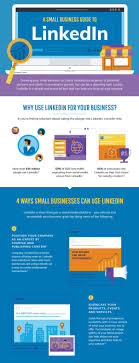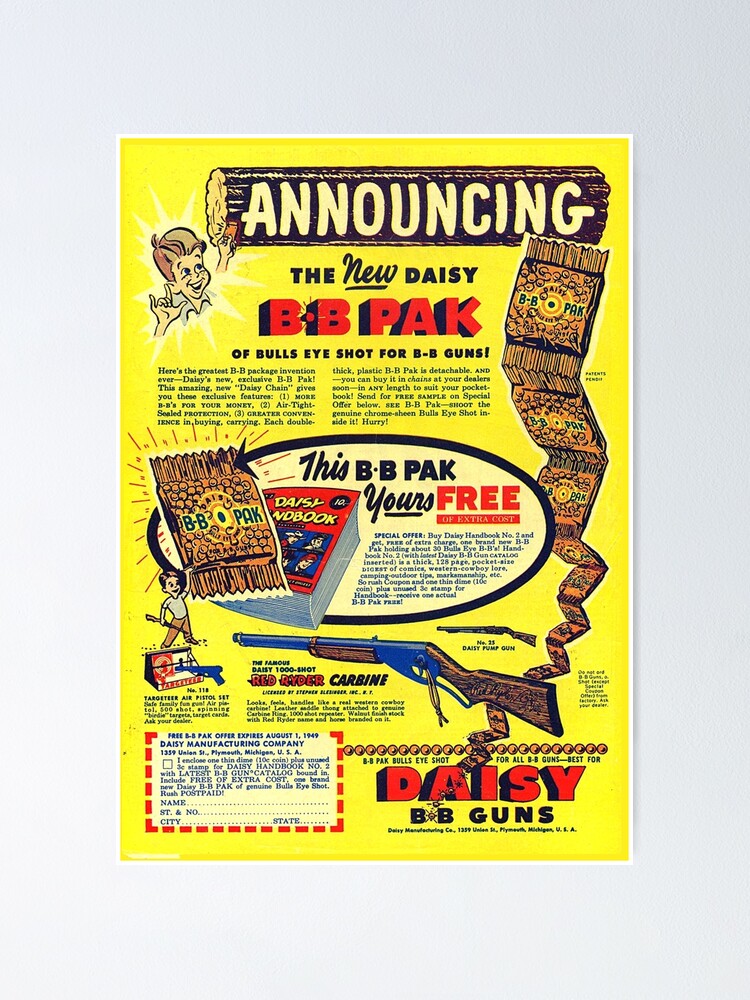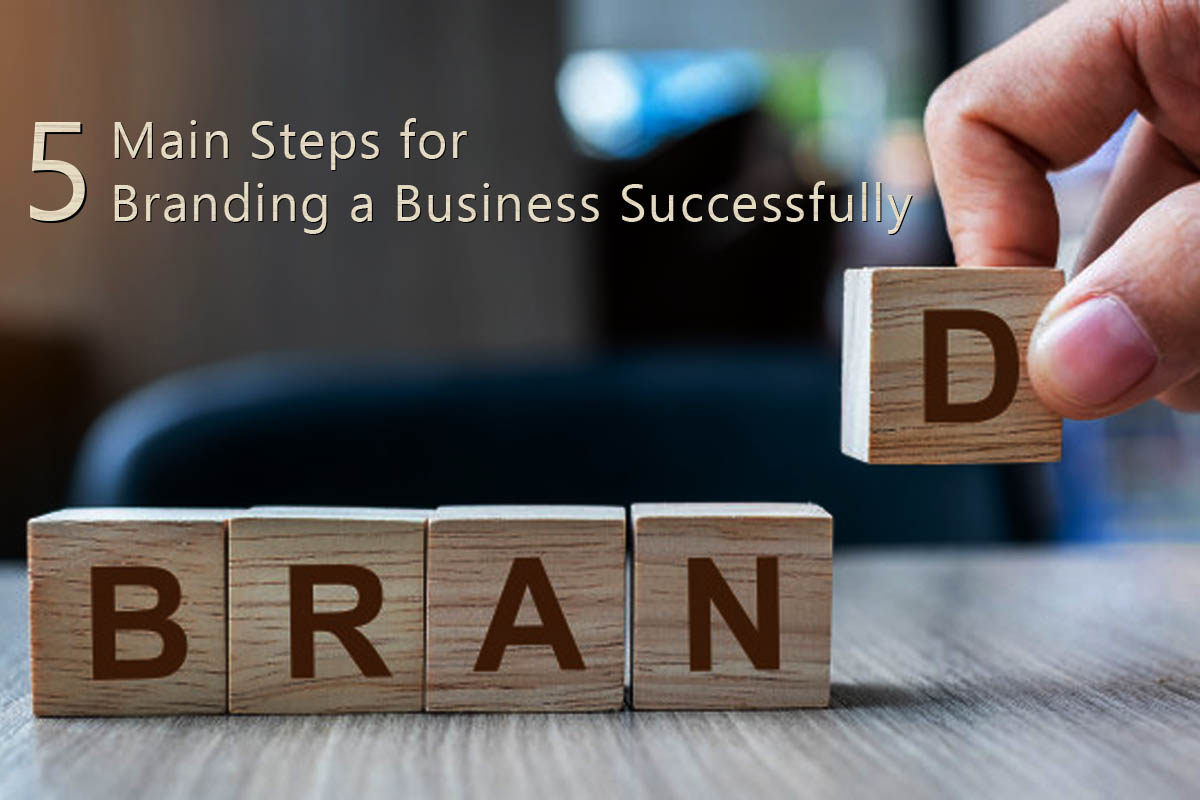
Google Ads is a great tool for those just starting out. These online marketing campaigns can be extremely effective in increasing traffic to your business. These campaigns can also drain your budget quickly. In this article, you will learn how to set up your campaign, do keyword research, and track your conversions. Listed below are tips for small business owners who want to get the most out of these ads.
Case studies
PPC is one of most efficient ways to increase sales. Google Ads makes it easy to track what website actions resulted in more sales. The following case study shows how a small business can achieve similar results for less money. This case study shows that a routine is key to success and you should monitor your campaign's performance. Even if the improvements are small, they will add up over time.

Keyword research
There are many reasons you should conduct keyword research for your small company. The process helps you find the most relevant keywords in your niche and will enable you to better connect with your audience. You can compete effectively with larger companies even if you have less resources and money by using the right keywords. The discovery phase involves brainstorming with stakeholders and generating a set of seed keywords. These keywords should also be sorted by difficulty and volume. Keywords with low searches volumes might not be suitable for your brand.
How to set up a campaign
A campaign for Google ads is a great way to market your small business. There are many ways you can get started with this type a campaign. However, the key is to find the best strategy for your business. Paid ads typically have lower rankings than organic results. This can make it difficult to get the right strategy for your business and may take more time. Paid ads can be an option for those who don't want to spend the time and money necessary for SEO.
Tracking conversions
Setting up conversion tracking is vital for improving ad campaign performance. Conversion tracking does not work automatically. To do so, you need to manually add the appropriate HTML tags. This guide will help you track your ads more easily. Select the source of the conversion that you wish to track. There are four main sources to choose from: website purchases, app activity, phone calls that lead to a purchase on your website, and mobile purchases.

Return on investment
Your return on investment from Google Ads for your small business will depend on several factors, including your CPC (cost per click), your quality score, and the conversion rate. The conversion rate is how many people click on your ad and make a purchase. A return on investment of 50% can be expected if the average customer visits the website only two to three times. For Google Ads to be worth it, your conversion rate must be at least 1 in 10.
FAQ
How can I choose my target audience
Begin with you and your closest friends. Do you not know where to start? Ask yourself "Whom do I want to reach?"
Ask yourself these questions: Who do you consider the most influential in your industry? What are their daily problems? Who are the smartest people in my industry? Where are they located online?
Return to the beginning. Why did you begin? What problem were you able to solve and how did this happen?
These answers will help identify your ideal clients. You'll also learn more about what makes them tick and why they buy from you.
You can also look at your competitors' websites and social media pages to find clues about whom they cater to.
Once you have identified your target customers you will need to choose the channel to reach them. You might, for example, create a website to target home buyers if you offer services to real-estate agents.
You could create a blog if you offer software to small business owners.
If you sell clothing, you could create a Facebook page for teens. A Twitter account could be set up by restaurant owners to allow parents to search for places that are kid-friendly.
You have many options to convey your message.
What is an Ad Campaign?
Advertising campaign refers to a series of advertisements intended to promote a product. It can also refer entirely to the production of such ads.
"Ad" is a Latin word that means "to sell." Marcus Terentius Varro (116–27 BC), the first known user of the term "ad" used it to mean "to make sales."
Large companies or agencies usually do advertising campaigns. Advertising campaigns can involve many media types, such as television, radio, print, and the internet.
Advertising campaigns typically last for several months and have specific goals. Advertising campaigns can have different goals. Some are focused on increasing sales while others generate awareness.
Is there any way to get free traffic?
Free Traffic refers to the traffic that comes directly from organic search results without paying for ads. This type of traffic is known as organic traffic or natural traffic. There are many methods to obtain free traffic such as article marketing or social media marketing.
Article Marketing is an excellent way to generate free traffic. The CPC is usually very cheap compared to paid ads. Article marketing is also referred to as content marketing.
Social Media Marketing - Social media sites like Facebook, Twitter, and LinkedIn allow you to promote your business through advertising. These platforms are great for sharing updates, sharing photos, and building relationships with potential clients. Many businesses pay to advertise on social media sites because they want to reach more people at a cheaper price.
Blogging - Another great way to generate traffic is blogging. You'll attract visitors if you write quality content that people enjoy reading. You can start to monetize your blog with the sale of products or services after you have attracted readers.
Email Marketing – Email marketing has been around ever since the dawn of the Internet. However, it remains one of your best methods to drive traffic to you website. Sending emails regularly is a good strategy to grow your list of subscribers and eventually sell them something.
How much does it take to advertise on social networks?
This route is not for everyone. You will be charged monthly based on how much time you spend on each platform.
Facebook - $0.10 Per 1,000 Impressions
Twitter - $0.20/1000 impressions (if applicable)
If you send invitations, Linkedin: $0.30 per 1,000 impressions
Instagram - $0.50/1000 impressions
Snapchat - $0.60 Per 1,000 Impressions ($0.40 per User)
YouTube - $0.25 for 1,000 views
Tumblr $0.15 for 1,000 impressions text posts
Pinterest - $0.05 per 1,000 impressions per month
Google + $0.15-$0.20 for 1,000,000 impressions
Tumblr $0.15- $0.20 for 100,000 impressions
Vimeo - $0.20-$0.25 per 10,000 impressions
Soundcloud - $0.20-$0.25 per 1 million plays
StumbleUpon - $0.20 -$0.25 per 1 billion pageviews
Digg: $0.20 – $0.25 per 1,000 diggs
Reddit: $0.20-$0.25 for 1000 comments
Wordpress – $0.20--$0.25 Per 500 Comments
Flickr - $0.20 -- $0.25 per 5,000 photo uploads
What is affiliate market?
Affiliate marketing is an online business model where you earn commissions by referring customers to products and services sold on other websites. You get paid by the product owner when someone buys from them.
Affiliate marketing relies on referrals. People don't need to do anything to purchase from you. You just need to refer them to our website.
It's possible to make money with no selling. It's just as easy to sell as it is to buy.
You can even set up an affiliate account in minutes.
Referring more people will result in more commission.
There are two types:
-
Affiliates who are the owners of their own websites
-
Affiliates working for companies offering products or services.
What should you know about radio advertising
It is important that you understand the differences between media. It is important to understand that all media forms are complementary and not competitive.
Radio is best used to complement television advertising. Radio complements television advertising by reinforcing key messages or providing additional information.
Radio listeners may find TV commercials too long. Radio ads are often shorter and cheaper.
What is an advertisement buyer?
An advertiser buys advertising space on TV, radio, print media, etc.
Advertisers are paid for the time that their message will appear.
They are not necessarily looking for the best ad but rather what is most effective at reaching their target market.
An advertiser might have information specific to their potential customers such as age and gender, marital status or occupation, hobbies, interests, income, etc.
This data can be used by the advertiser to decide which media is most effective for them. An example is direct mail that appeals to older people.
Advertisers also check out the competition. Advertisers may decide to place their ads in close proximity to similar businesses.
Advertisers also need to consider their budget size and how long they will spend it before it expires.
Statistics
- This means that at least 50% of an ad needs to be shown on the screen for at least one second. (quicksprout.com)
- Advertising's projected distribution for 2017 was 40.4% on TV, 33.3% on digital, 9% on newspapers, 6.9% on magazines, 5.8% outdoor, and 4.3% on radio. (en.wikipedia.org)
- In 1919 it was 2.5 percent of gross domestic product (GDP) in the US, and it averaged 2.2 percent of GDP between then and at least 2007, though it may have declined dramatically since the Great Recession. (en.wikipedia.org)
- Worldwide spending on advertising in 2015 amounted to an estimated US$529.43 billion. (en.wikipedia.org)
External Links
How To
How to run paid advertisements
Paid Advertising is any marketing activity that involves paying money. This could be buying advertising space on websites, placing advertisements into newspapers and magazines, or paying someone for online promotion. There are many forms of paid advertising. These include social media marketing, email marketing and display advertising.
You need to know the cost of your campaign and the expected results. This will ensure that it runs smoothly. You should also consider the return on investment (ROI).
Before you can start a paid marketing campaign, you need to first identify potential customers for the product or service. If you don't know where to start, try free advertising such as posting flyers around your area, making announcements at school or sharing your message via social networking sites.
Once you've identified your target audience, the best way of reaching them is determined. For example, if you sell organic food, you may want to advertise in local newspaper classifieds. You might also advertise on radio or TV if your product is cosmetics.
After you have determined who you want, you need to figure out how much money you can afford. There are many ways you can calculate your budget. One method is to divide the total amount you plan to spend into daily, weekly, monthly, quarterly, or yearly amounts. Another way to do this is to use a spreadsheet software.